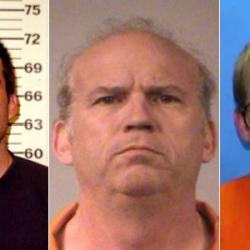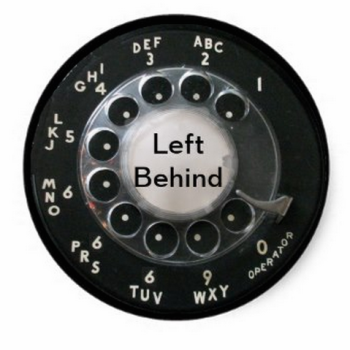A couple of stories of people getting it right:
1. “Nun offers mercy, but robber gets jail“
Sister Muriel Curran faced the man who shoved her to the ground and ripped away her purse three years ago. She quoted Scripture. She thanked him for the guilty plea that spared her a trial. And she asked a Baltimore County judge not to send him to prison.
“There is possibility and hope — I believe in it, it’s what I’m about — in rehabilitation and a future,” the 78-year-old nun said yesterday, explaining that she has difficulty believing in a penal system that sometimes leaves criminals worse off than before they went to prison. …
Asked after the hearing what had inspired her unusual approach to the man who left her with broken bones and deep bruises, unable to fully raise one arm and incapable of living on her own any longer, Sister Curran answered simply.
“The Gospel,” she said. “You hear that cliche — ‘What would Jesus do?’ — but if you live it, you’ve got to believe it.” …
Yesterday, on the morning he was scheduled to go to trial, Dodson pleaded guilty to one count of robbery. The decision spared the nun the trip to the witness stand that she said she would have dreaded.
Reading from a card, Sister Curran quoted a letter in the Bible from the Prophet Jeremiah: “For I know well the plans I have in mind for you, says the Lord, plans for your welfare, not for woe! plans to give you a future full of hope.”
Turning to face Dodson, she said, “That is my hope for you, Charles. I would like to give that to you.”
2. You may have heard about the “virtual slavery” case of the John Nash Pickle company in Tulsa, Okla. Journalist John Bowe tells this story in his book Nobodies: Modern American Slave Labor and the Dark Side of the New Global Economy. I haven’t read his book, but I just listened to a recounting of this story, including interviews with Bowe, on public radio’s This American Life. This account, presented by host Ira Glass, also includes interviews with many of the 52 Indian steelworkers exploited by the company as well as with the man who first began to help them — a lay minister at the local Pentecostal church named Mark Massey.
Once Massey realized how these men were being exploited, he provided a few of the men with housing to get them out of the miserable company barracks and he met with company managers to try to reclaim the mens’ passports, which the company had confiscated. Massey quickly found himself in way over his head with little idea of what to do, but he didn’t let that stop him. He hired the only lawyer he knew. He moved the rest of the Indian workers into his own house. He organized churches and the local Indian community to provide meals.
Here’s what Massey told Ira Glass:
“Our churches have been good to help foreign missions, but when the foreign comes into our own district, our own comfort area, we’re not always ready to accept. … I know we can’t help everybody but I think everybody’s given a little portion that they can do. And I know we can’t turn around and change the world tomorrow, but just what’s put in our little field here, our little corner, I feel like we’re responsible for, so I felt like that was put in my corner. …”
The whole This American Life story is about half an hour. It’s worth the time. It’s not every day that you hear a story that includes among its heroes a lawyer, a Pentecostal minister and a government bureaucracy. Nor is it every day that you get to hear a story with 52 happy endings.











